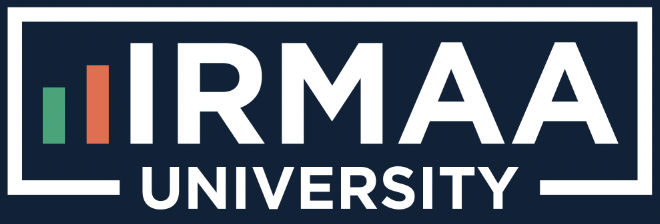Congress recently enacted the CARES Act “to address the economic fallout of the COVID-19 pandemic in the United States” and the old adage of the path to Hell comes to mind, but with it there is one ray of hope.
The CARES Act, ultimately, places Medicare in a financial situation where it may not be able to dig itself out of without sweeping changes or increasing the cost sharing to consumers.
How the Cares Act impacts Medicare:
The CARES Act has taken measures to bolster access of care for Medicare beneficiaries dealing with Covid-19, which is great for beneficiaries of the program. It has expanded Tele-health services, widened who can tend to patients, increased the reimbursement rates paid to those who tend to patients as well as broadening the payments for medical equipment.
Because of these measures the financial stability of the Medicare system may now be jeopardy.
According to the Medicare Board of Trustees the Health Insurance (HI) Trust Fund of Medicare (Part A) is projected to be depleted by 2025 before Covid-19. Under the current situation, the MBT is reporting in its latest release that it can not project what the future may bring.
The reality is that the services that have been expanded will place an un-forecasted stress on the HI Trust Fund as well as the overall Medicare program. In order to maintain solvency one of four scenarios needs to happen with the fourth being the most politically prudent.
- Increase the cost sharing of services on to retirees through higher premiums, deductibles and co-pays.
- Increase the taxation of the OASDI, which, also, may not be feasible as many people can’t afford an increase in taxes at this moment in time.
- Reduce the reimbursement rate paid to healthcare providers.
- Adjust the Income Related Monthly Adjustment Amount (IRMAA) brackets for those whose income exceed specific thresholds. This may be the most probable as it ties into the “soak the rich mantra” as only those with incomes “deemed high” are impacted by it.
What are IRMAA Brackets:
Medicare’s IRMAA is a surcharge that is placed upon Medicare Part B and D premiums for those who earn too much income in a given year. The surcharges range between 40% to 240% more of any given year’s Part B and D premiums.
Why you need to take note of IRMAA:
Again, IRMAA is based on income and income, according to Medicare, is broader as it is defined as “adjusted gross income plus tax-exempt interest one may have”.
This just happens to include Social Security benefits and any distribution from a tax deferred investment like a Traditional 401(k) or IRA among many other things.
Why does one want to avoid IRMAA:
Obviously, the first answer is to lower health coverage costs in retirement as the difference in costs at projected inflation rates for each bracket can be quite high. Here is a breakdown of the cost of Medicare Part B and D premiums for an individual who remains in a specific bracket from age 65 to age 90:
| Medicare Part B
and D premiums |
1st IRMAA Bracket | 2nd IRMAA Bracket | 3rd IRMAA Bracket | 4th IRMAA Bracket | 5th IRMAA Bracket |
| $146,704.00 | $194,590.00 | $267,178.00 | $339,697.00 | $412,217.00 | $436,368.00 |
The second answer is just as important as avoiding IRMAA saves Social Security benefits too.
By law, the bulk of Medicare premiums AND IRMAA surcharges are deducted directly from Social Security benefits. This means that as Medicare premiums increase along with the surcharges from IRMAA more Social Security benefits will be consumed.
The other reality, especially for those who reach an IRMAA bracket, is that their Social Security benefits could also go negative as they are not afforded the protection from the “Hold-Harmless Act”
How the CARES Act provides an opportunity to avoid IRMAA:
Of the many financial incentives included in the CARES Act one just happens to be the ability to make a withdrawal out of Traditional 401(k)s and/or IRAs of up to $100,000.00 without incurring the early withdrawal penalty of 20% in 2020. Granted taxes still apply.
This feature, this year, gives people the one-time chance to lessen the amount of assets that will be used against them later on when their health is on the line in retirement.
For those wanting to control their health costs while saving their Social Security benefit in retirement there has never been a better time than this year.
Not out of the woods yet:
As stated, the bulk of Medicare premiums are deducted from any Social Security benefit received and to realize the importance of this answer this one question: “How long does it take to for one thing to catch the other thing when that one thing is inflating by twice as much as the other thing?”
No matter what is done to avoid IRMAA, the other reality is that Social Security benefits most likely will never increase throughout retirement as Medicare increases will consume Social Security COLA’s.
Those that want to keep pace with inflation and maintain their lifestyle in retirement will have to generate another form income on their own. This means that, yes, an Annuity is a good idea no matter how many times it is stated otherwise.
The CARES Act has created an opportunity never seen before; A person can reduce their holding in tax-deferred accounts, thus controlling their health costs and saving their Social Security benefits throughout retirement and use those assets to fund an investment that will generate an income that is not recognized by Medicare’s IRMAA.
